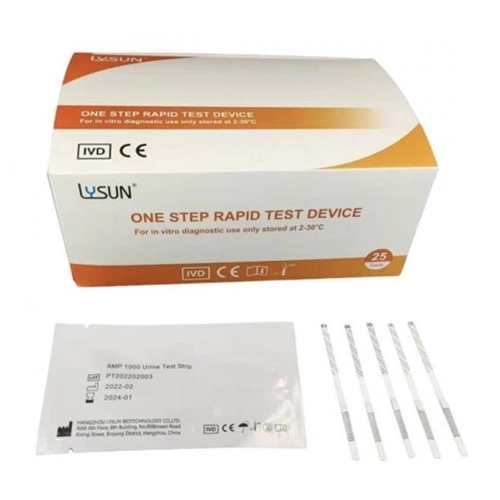
A drug of abuse test can detect a variety of substances commonly misused. These typically include, but are not limited to, marijuana (THC), cocaine, opiates (such as heroin, morphine, and codeine), amphetamines (including methamphetamine), benzodiazepines, barbiturates, and phencyclidine (PCP). Some tests may also screen for additional substances like alcohol, MDMA (ecstasy), and synthetic cannabinoids. The specific substances detected can vary depending on the test panel used. These tests are crucial for medical, legal, and employment purposes to ensure safety and compliance with regulations.

The duration that drugs remain detectable in the body varies based on several factors, including the type of drug, frequency of use, metabolism, and the testing method employed. For instance, marijuana can be detected in urine for up to 30 days in chronic users, while cocaine is typically detectable for 2-4 days. Blood tests generally have shorter detection windows, often just a few hours to a couple of days. Hair tests can detect drug use for up to 90 days or longer. It’s important to note that these are general guidelines and individual results may vary. Always consult a healthcare professional for specific concerns.
Technical & Sales Support